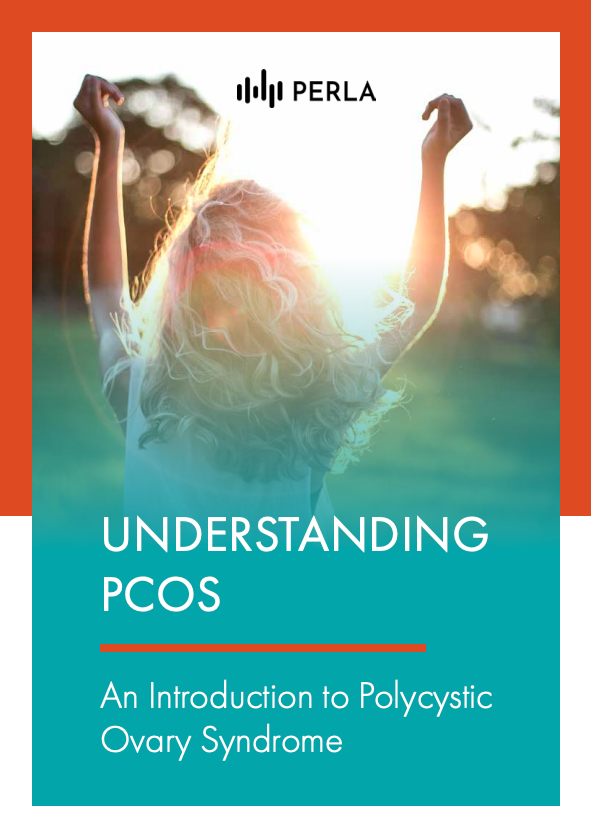The Glycemic Index (GI) is a number that is assigned to foods to show how slow or quickly the body converts the carbohydrates in it into glucose, and therefore can increase your blood glucose levels. Foods that are low on the GI scale (with a GI value less than 55, including foods such green vegetables, most fruits, chickpeas, and lentils) only convert slowly into glucose, leading to only steady increases in blood glucose levels. Foods that are high on the GI scale (with a GI value of 70 or higher, such as white rice, white bread or potatoes) release glucose rapidly, which can lead to spikes in the blood glucose levels. However, the glycemic index does not have any information about the nutritional value of the foods. Things such as calories, vitamins and minerals should always be considered as well. Ask your dietitian for more information about the glycemic index and a balanced diet.
Sources:
- Mayo Clinic. Glycemic index diet: What’s behind the claims. https://www.mayoclinic.org/healthy-lifestyle/nutrition-and-healthy-eating/in-depth/glycemic-index-diet/art-20048478 (accessed 3. August 2020)
- Harvard Health Publishing. Harvard Medical School. Glycemic index for 60+ foods. https://www.health.harvard.edu/diseases-and-conditions/glycemic-index-and-glycemic-load-for-100-foods (accessed 3. August 2020)
- WebMD. How to Use the Glycemic Index. https://www.webmd.com/diabetes/guide/glycemic-index-good-versus-bad-carbs (accessed 3. August)

